Lincolnshire, a county steeped in history, boasts a treasure trove of period homes that paint a vivid picture of its architectural evolution. From the sturdy timber frames of medieval dwellings to the elegant Georgian townhouses and the imposing Victorian mansions, each home is a testament to the craftsmanship and artistry of its time. Let’s delve deeper into Lincolnshire’s rich architectural tapestry and explore some of its hidden gems.
Medieval Charm: Beyond the Timber Frames
While timber-framed houses are synonymous with Lincolnshire’s medieval past, the county also harbours other architectural marvels from this era. Stone-built churches, fortified manor houses, and monastic ruins dot the landscape, offering a glimpse into the lives of the people who shaped Lincolnshire’s early history.
- Tattershall Castle: This imposing brick-built castle, dating back to the 15th century, is a striking example of medieval military architecture. Its towering red-brick walls and imposing gatehouse are a sight to behold.
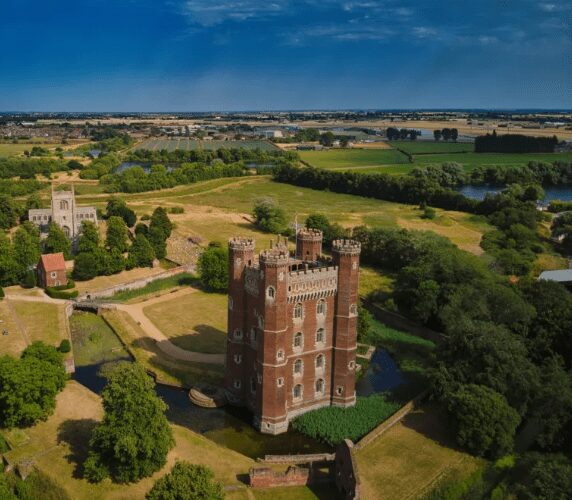
- Thornton Abbey: Though now in ruins, Thornton Abbey was once a thriving Augustinian monastery. Its remnants, including the impressive gatehouse and chapter house, provide a fascinating insight into monastic life in medieval Lincolnshire.
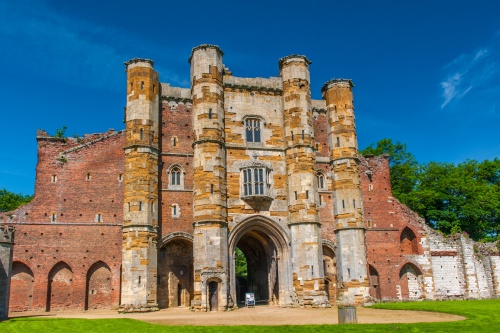
Elizabethan Extravagance: Beyond the Manor Houses
The Elizabethan era was a time of great prosperity and cultural flowering, and this is reflected in the elaborate architecture of the period. In addition to grand manor houses, Lincolnshire boasts a wealth of Elizabethan townhouses, alms-houses, and even pubs, each showcasing the distinctive architectural style of the time.
- The Old King’s Head, Kirton: This charming 16th-century pub, with its timber-framed facade and thatched roof, is a quintessential example of Elizabethan vernacular architecture.
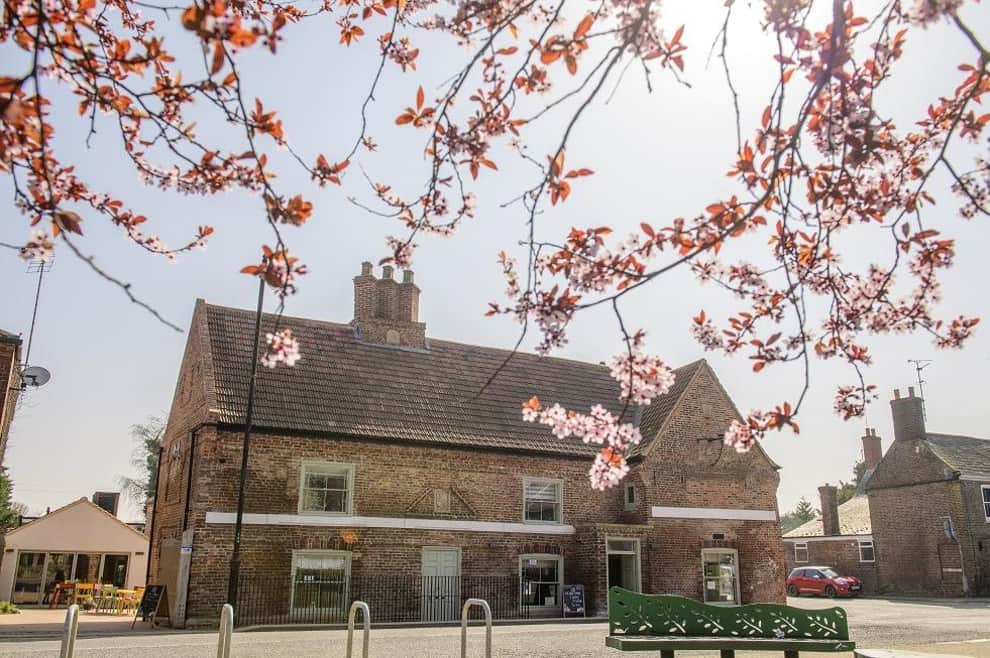
- Browne’s Hospital, Stamford: Founded in 1485, Browne’s Hospital is a beautifully preserved Elizabethan alms-house. Its courtyard, surrounded by timber-framed buildings, offers a tranquil oasis in the heart of Stamford.
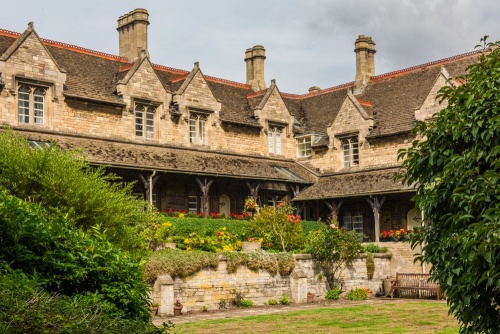
Georgian Refinement: Hidden Architectural Gems
The Georgian period saw a renewed interest in classical architecture, resulting in a wave of elegant townhouses, villas, and public buildings across Lincolnshire. While many of these gems are well-known, others remain hidden treasures waiting to be discovered.
- The Assembly Rooms, Boston: This Grade I listed building, built in 1764, is a fine example of Georgian architecture. Its elegant ballroom and ornate plasterwork are a testament to the refinement of the era.
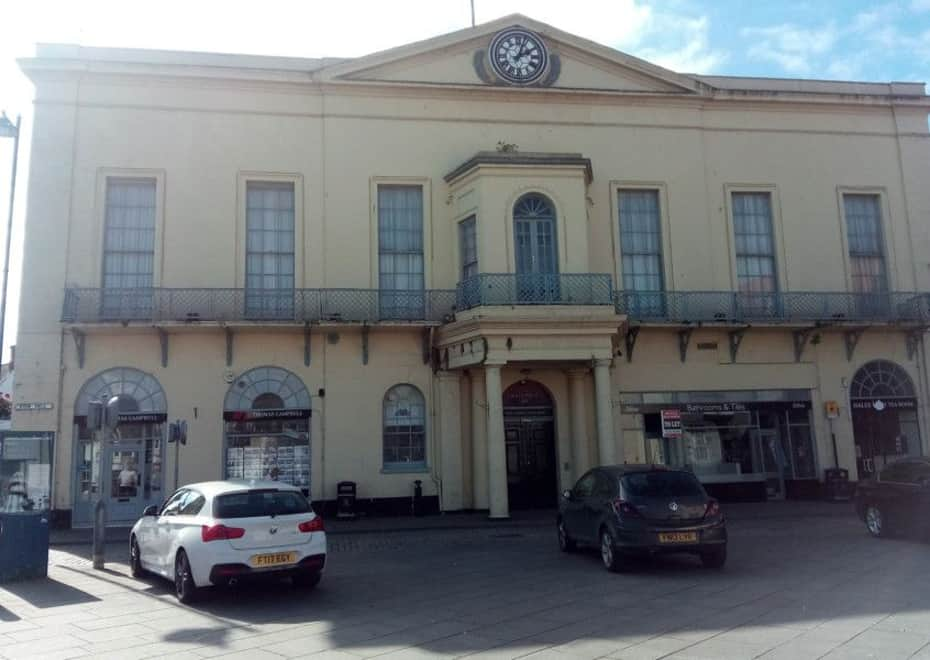
- St Mary’s Guildhall, Lincoln: This medieval guildhall was extensively remodelled in the 18th century, giving it a distinctly Georgian appearance. Its grand staircase and elegant Assembly Room are highlights of any visit.
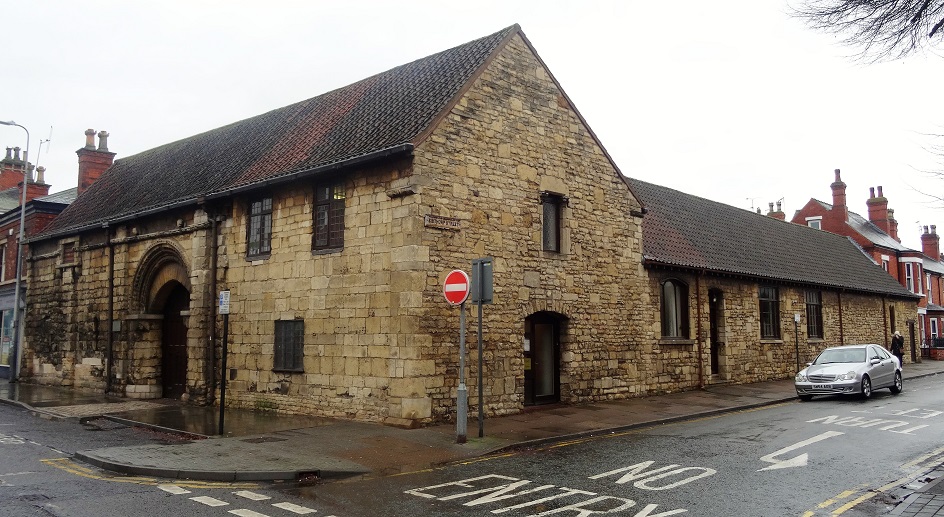
Victorian Eclecticism: Beyond the Red Brick
The Victorian era was a time of great experimentation and innovation in architecture, resulting in a diverse range of styles, from Gothic Revival and Italianate to Queen Anne and Arts and Crafts. Lincolnshire’s Victorian architecture reflects this eclecticism, offering a fascinating glimpse into the tastes and aspirations of the Victorians.
- The Corn Exchange, Lincoln: This imposing red-brick building, built in 1882, is a fine example of Victorian commercial architecture. Its ornate facade and grand interior spaces are a testament to the city’s prosperity during the 19th century.

- The Kinema in the Woods, Woodhall Spa: This unique cinema, built in 1922, is a charming example of Arts and Crafts architecture. Its thatched roof, timber-framed facade, and picturesque setting make it a popular destination for film lovers and architecture enthusiasts alike.
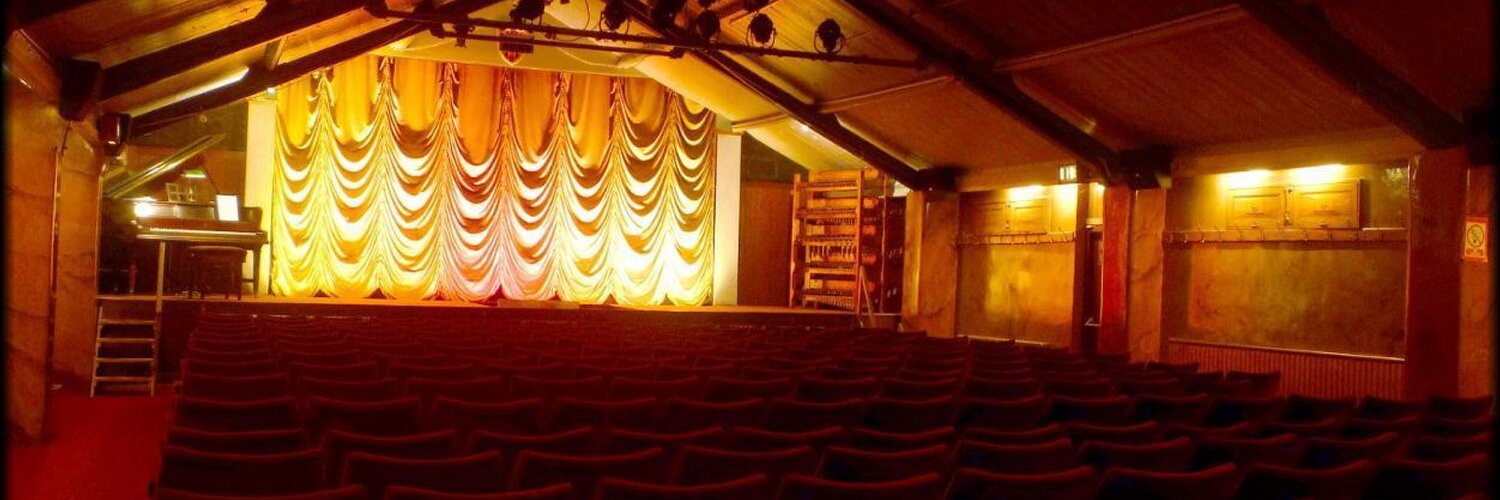
20th Century and Beyond: Innovation and Adaptation
The 20th century saw a shift towards modern architectural styles, with Lincolnshire embracing movements such as Art Deco, Modernism, and Brutalism. These buildings, often controversial in their time, now stand as important landmarks, reflecting the changing face of Lincolnshire’s towns and cities.
- The Hub, Sleaford: This contemporary arts centre, opened in 2008, is a testament to Lincolnshire’s commitment to modern architecture. Its sleek design and innovative use of space make it a vibrant cultural hub for the community.

Preserving Lincolnshire’s Architectural Heritage
Lincolnshire’s historic homes are not just relics of the past; they are living, breathing parts of the county’s cultural fabric. Preserving these architectural treasures is essential to ensure that future generations can appreciate their beauty and learn from their history. Organizations such as the Lincolnshire Heritage Trust and the Society for Lincolnshire History and Archaeology play a vital role in protecting and promoting the county’s rich architectural heritage.
Exploring Lincolnshire’s Architectural Treasures
Whether you’re a seasoned architecture enthusiast or simply appreciate the beauty of historic buildings, Lincolnshire has something to offer. From guided tours and heritage open days to self-guided walks and online resources, there are countless ways to explore the county’s architectural treasures. So, lace up your walking boots, grab your camera, and embark on a journey through time as you discover the hidden gems of Lincolnshire’s architectural heritage.






